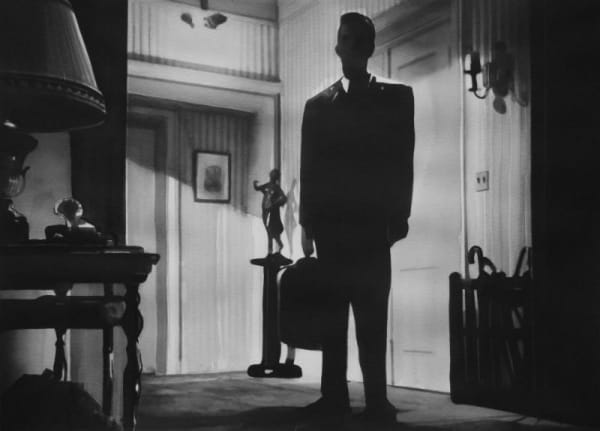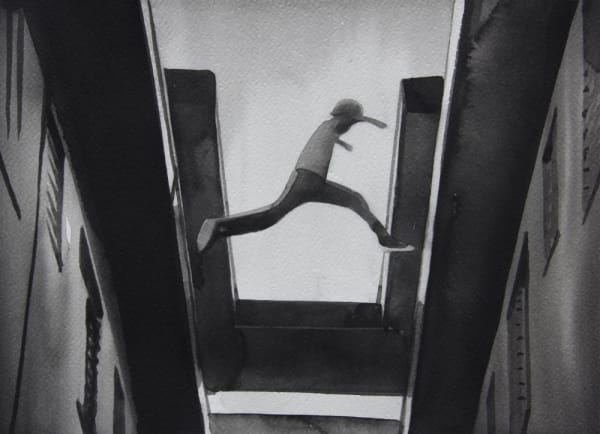Radenko Milak
Radenko Milak (1980, Travnik former Yugoslavia) currently lives and works in Banja Luka, Bosnia and Herzegovina. He graduated from the Academy of Art, University of Banja Luka, Bosnia and Herzegovina in 2003, and from the Faculty of Fine Arts, University of Art Belgrade in 2007. He mainly creates paintings, watercolors, drawings and animation films. In 2012 he was awarded with the Premio Combat Prize for Drawing in Italy. His works have been frequently exhibited at prestigious international art events such as the 57th Venice Biennale, where he represented Bosnia and Herzegovina, the Kampala Biennale in Uganda and the 57th edition of the October Salon in Belgrade. His works can be found in several public collections, such as the Folkwang Museum in Germany, the Albertina Museum in Vienna and The Ludwig Museum in Budapest.
Radenko Milak is known for exploring how we remember history and how images shape our sense of reality. Taking press photographs and reimagining them as detailed black-and-white watercolors, he reflects on wars, natural disasters, and environmental challenges, revealing the powerful role media plays in forming collective memory. More recently, his work has moved into imagined architectural spaces, where he examines how modernization, conflict, and cultural influence transform both societies and the cities they build.
Public Collections:
Folkwang Museum, Essen
Kunstmuseum, Wolfsburg
Hessisches Landesmuseum, Darmstadt
Jewish Museum, Frankfurt
National Art Gallery of Bosnia and Herzegovina, Sarajevo
Museum of Contemporary Art of the Republic of Srpska, Banja Luka
City of Lyon
Private Collections:
agnès b.
Art Collection Telekom
-

Art Paris
30 Mar - 2 Apr 2017Read more -

PAN
20 - 27 Nov 2016PAN 2016 AMSTERDAM - Booth 88 20 NOVEMBER - 27 NOVEMBER / 2016 THE ART, ANTIQUES AND DESIGN FAIR OF TODAY 20-27 November 2015 Daily 11AM - 7PM 22 November...Read more -

Amsterdam Drawing
Contemporary Art On Paper 22 - 25 Sep 2016From Thursday 22 to Sunday 25 September 2016, Amsterdam will experience the fifth edition of the annual art fair for gouaches, collages, watercolors, charcoal and pen, oil and ink works...Read more -

Rundgang der Spinnerei Galerien
16 - 18 Sep 201615 international galleries are invited by the Spinnerei Galleries for this year´s traditional autumn gallery tour (Rundgang) at the former cotton spinning mill in Leipzig. Please visit us at the...Read more -

Radenko Milak
curated by Leon Krempel 2 - 30 Jul 2016This show will be curated by art historian Leon Krempel, director of the Kunsthalle in Darmstadt, Germany Opening Saturday, July 2 from 4 – 6pm Radenko on his current work:...Read more


















